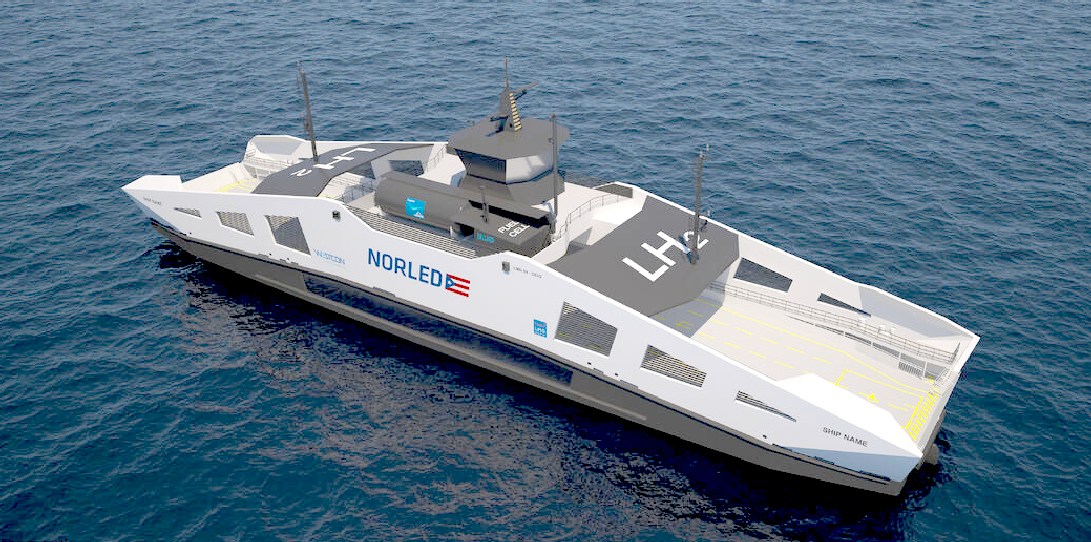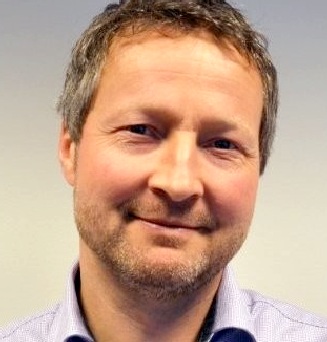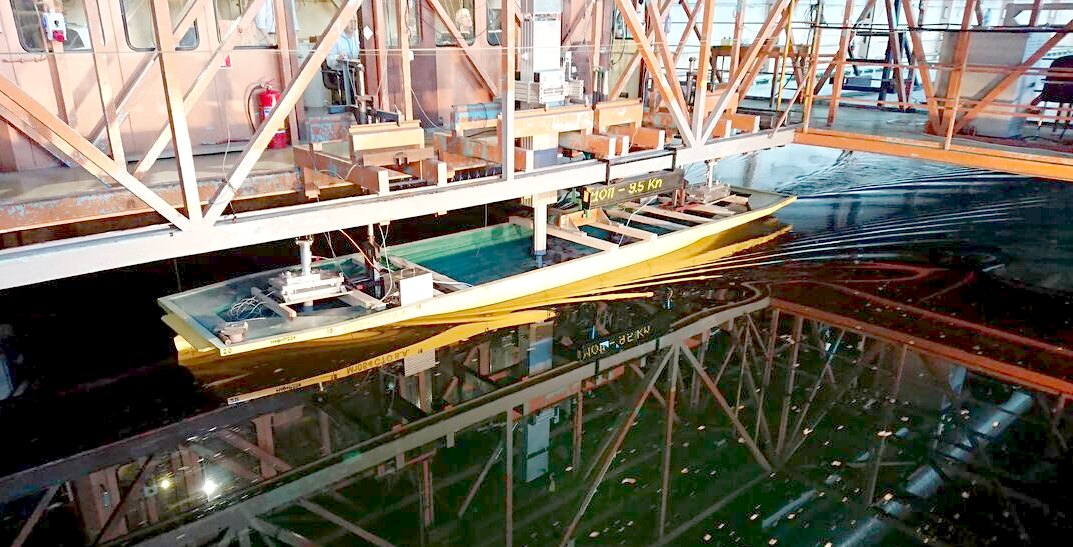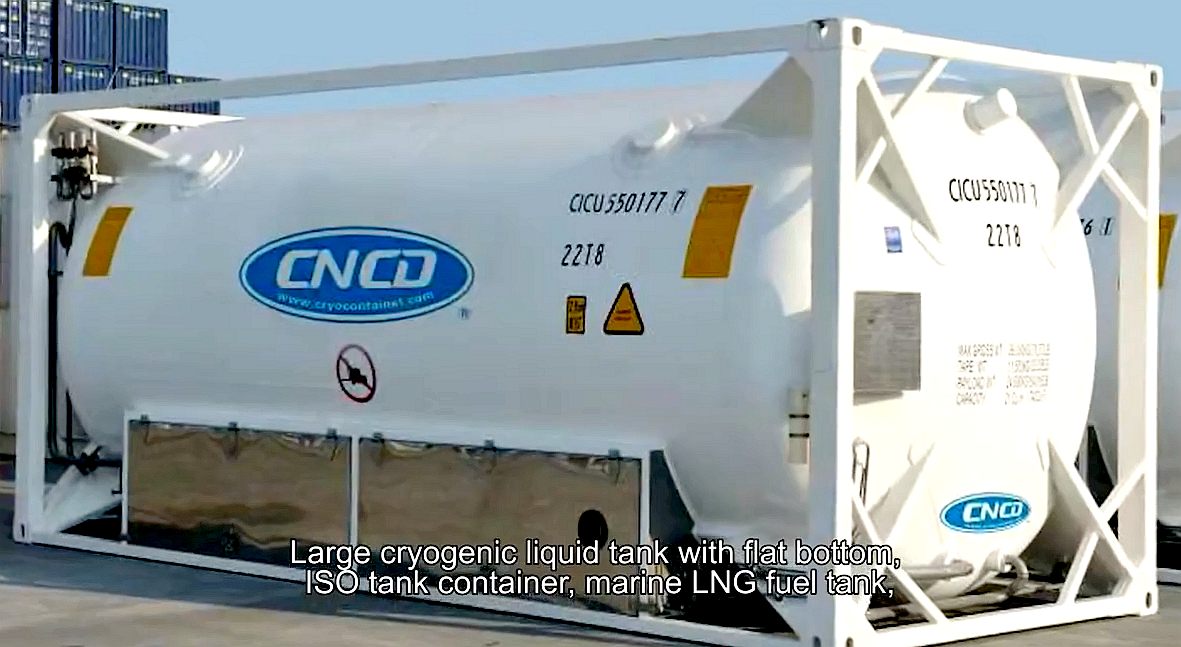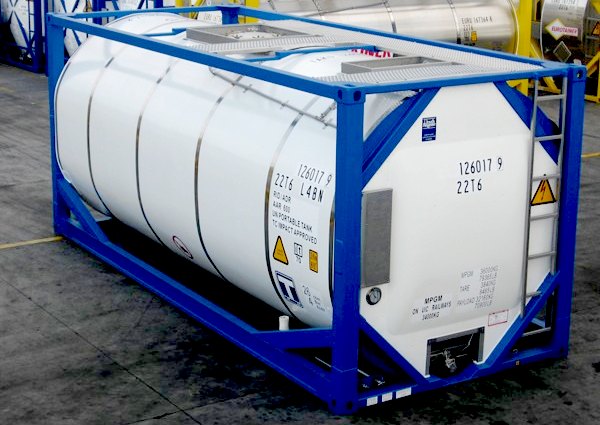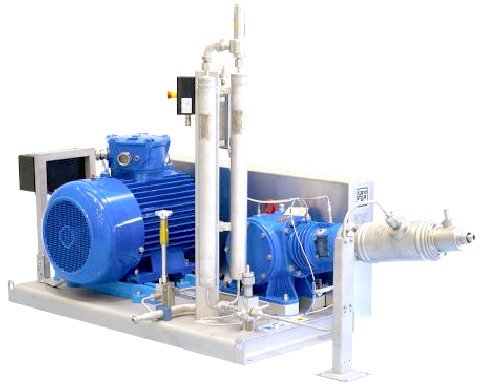|
MF HYDRA - LH2 CAR FERRY, NORWAY
Please use our A-Z INDEX to navigate this site or return HOME
|
|
MF Hydra - In 2017 Norled started seriously looking into fuel cells in response to a new tender for zero-emission powered car ferries through the Norwegian Public Roads Administration, which specifically asked for hydrogen-powered fuel cells for the tender vessels. This led to Norled starting up technical development in the summer of 2017, where the tender bid was submitted in autumn 2018 and ultimately Norled winning the tender.
MF
HYDRA - 5 AUGUST 2021
MF
Hydra uses liquid hydrogen, two 200 kW fuel cells, a 1.36 MWh
battery, and two 440 kW
diesel generators. The hydrogen tanks and the
fuel
cells are located on top of the ferry. The hydrogen is trucked from Leipzig in Germany. The ferry qualifies as zero emission waterborne transport, or ZEWT. Ballard is supplying the fuel cell power systems for two of Norled’s zero-emission ferries. Those systems are being developed by Ballard Marine Center of Expertise in Denmark.
MF Hydra is 82.4 meters long with the ability to carry up to 300 passengers and 80 cars. The vessel can operate at a molded speed of 9 knots
using Shottel thrusters.
The vessel specification includes an 80m3 (CBM) tank for hydrogen storage. As reported by LMG Marin, the ship will be ready to sail,
quoted as being: “once the supply is available, hopefully in the next few months.”
Norled used Gexcon for safety and risk analysis. The system integrator is Westcon Power & Automation located at Karmøy, Norway. The ship builder is Westcon Yards in Ølen and the ship design is conducted by LMG Marin in Bergen, Norway.
Linde will
build and install onshore and on board hydrogen storage, distribution and safety equipment.
IVAN ØSTVIK - Is the project manager at Norled AS, overseeing the development of some of the new ships being built for their fleet. He works on car ferries and high-speed passenger boats. This includes addressing zero-emission regulations, including their experience with both fuel cell and battery powered ferries.
Ivan is a naval architect by profession. He's been working with ship design, marine technology and offshore wind for over 25 years. His main task at Norled is to construct the world’s first ship to be powered by liquid hydrogen that they hope will be in operation in 2021. Apart from the 80 cubic meter cryogenic tank, the other significant issued is implementing fuel cell technology at scale.
TANK TESTING - A large scale model of the car ferry undergoes trials to determine handling and power requirement. Fluid dynamic modeling is also used for design, but there is nothing like seeing a hull perform with your own eyes.
CONTACTS
Linde is a leading global industrial gases and engineering company with 2020 sales of $27 billion (€24 billion). The company serves a variety of end markets including chemicals & refining, food & beverage, electronics, healthcare, manufacturing and primary metals. Linde’s industrial gases are used in countless applications, from life-saving oxygen for hospitals to high-purity & specialty gases for electronics manufacturing, hydrogen for clean fuels and much more. Linde also delivers state-of-the-art gas processing solutions to support customer expansion, efficiency improvements and emissions reductions.
STANDARD
ISO CONTAINERS - A 20m3 cryogenic tank, multi-layered vacuum insulation
container in stainless
steel. These units are heavier than a comparable aluminium tank such as
those developed for the Space
Shuttle, but they are more economical and
available off the shelf. Large tanks are available from many
manufacturers concerning LNG and hydrogen, where cryogenic
temperatures
are involved.
LH2 TRANSFERS - Cryostar (Zone Industrielle, 68220 Hésingue, France) has developed a range of liquid hydrogen piston pumps with large capacities and small footprints, as an ideal system for increasing the pressure of hydrogen. For example, the A-MRP 40/55-K LH2 cryo pumps are explosion proof skid mounted piston pumps designed for simple and safe installation for use with a liquid hydrogen source. Three different sizes are available, with capacities ranging from 6 to 190 kg/h with easy flow adjustment. They can be used with all types and makes of LH2 tanks and ISO containers.
MARINE HYDROGEN PROJECTS
2000 - The 22-person Hydra ship was demonstrated.
2003 - Duffy-Herreshoff watertaxi went into service.
2003 - Saw the debut of Yacht No. 1, and Hydroxy3000, Germanisher Lloyd, MTU Friedrichshafen
2004 - The AUV DeepC, and Yacht XV 1 were shown.
2005 - The Type 212 submarine, powered underwater by fuel cells, went into service with the German navy.
2006 - The 12-person Xperiance was debuted, as well as the Zebotec.
2007 - The 8-person Tuckerboot and the Canal boat Ross Barlow debuted.
2008 - The 100-passenger Zemships project Alsterwasser went into service in Hamburg.
2009 - The Nemo H2 and the Frauscher 600 Riviera HP went into service.
2013
- The Hydrogenesis Passenger Ferry project went into service. 2018 - HySeas III project: A consortium to build the world’s first sea-going car and passenger ferry fuelled by hydrogen fuel cell propulsion, secured EU funding. The vessel is planned to operate in and around Orkney by 2021, which is already producing hydrogen from constrained renewable energy. The project is being led by Ferguson Marine Engineering Ltd (which is also involved in SWIFTH2) and St. Andrews University.
2018 - Jules Verne 2, hydrogen-powered passenger vessel, Nantes
2021 - The hydrogen powered Norled car ferry MF Hydra is ready for use in Norway.
2021 - The Kawasaki Suiso Frontier (New Sunshine) Project ClassNK Approval in Principle liquefied hydrogen tanker.
2023 - Fjord cruise ship Havilla, Havyard, NES, liquid hydrogen fuel cell & battery powered
|
|
ZEWT ALORS - The solar and wind powered 'Elizabeth Swann' will feature solar collectors and wind energy harvesting apparatus in an advanced configuration. Her hull configuration is ideal to incorporate mass hydrogen storage tanks, offering ranges of up to 4,000nm on compressed gas. This yacht could circumnavigate the globe on one fill up of liquid hydrogen, cryogenically stored, with sufficient capacity with mobile bunkering, to go around the world in 80 days or less, to equal the famous Jules Verne round the globe record. We live is a world literally frying itself using fossil fuels, where anything is possible, if Cop26 yields climate friendly policies to accelerate CO2 reductions or transport emissions.
|
|
A-Z
INDEX OF H2 POWERED FUEL
CELL CONCEPTS
CROSS CHANNEL FERRY OPERATORS & ISLAND SERVICES
LH2 HYDROGEN LINKS & REFERENCE
https://fuelcellsworks.com/news/norway-norleds-hydrogen-ferry-begins-to-take-shape/ https://www.ballard.com/about-ballard/newsroom/news-releases/2019/04/04/ballard-to-establish-fuel-cell-center-of-excellence-in-europe-to-serve-marine-market-with-zero-emission-solutions
|
|
Please use our A-Z INDEX to navigate this site or return HOME
This website is Copyright © 2021 Jameson Hunter Ltd
|
